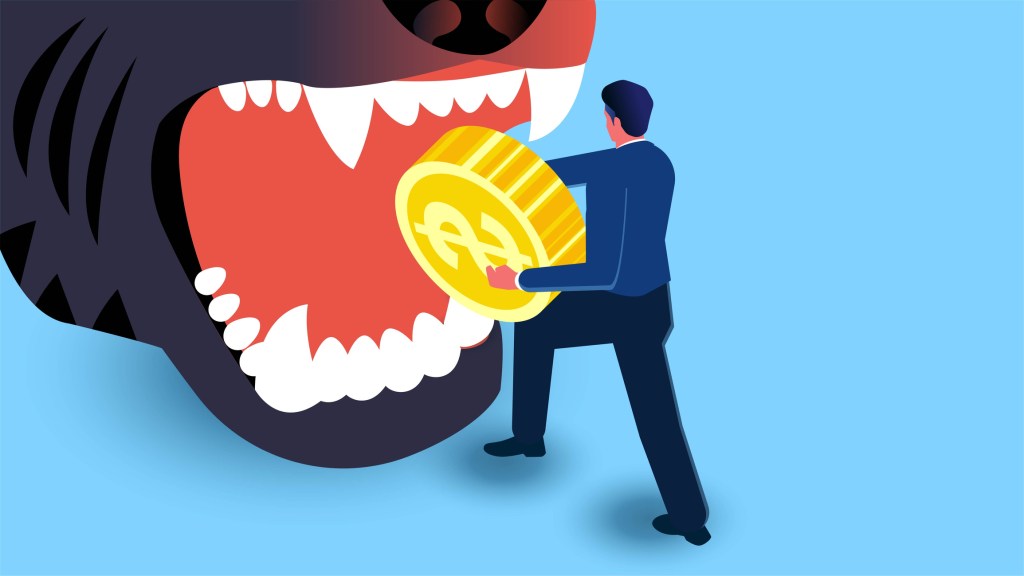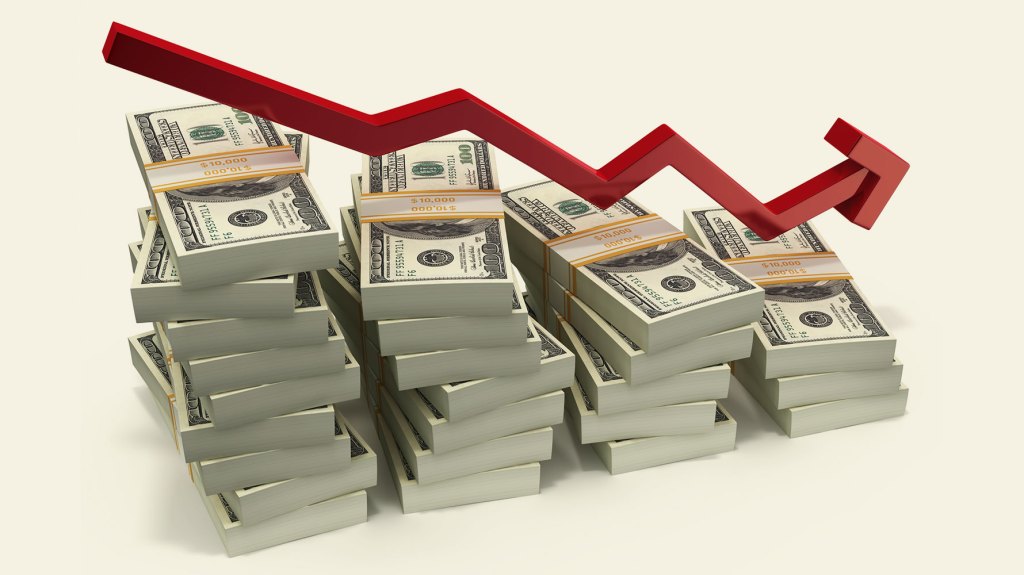The Rapid Rise of ‘Buy Now, Pay Later’ Services: A Looming Financial Concern
The ‘Buy Now, Pay Later’ (BNPL) model has seen a meteoric rise in popularity, offering consumers the allure of immediate purchases with deferred payments. However, this rapid expansion is raising significant concerns among financial experts about its potential impact on consumer debt and the broader economy.
The Surge in BNPL Usage
BNPL services have become a staple in the financial landscape, with approximately 91.5 million users in the United States alone. Notably, a significant portion of these users are leveraging BNPL options for essential purchases, such as groceries. This trend indicates that many individuals are resorting to short-term financing solutions to meet basic needs, highlighting underlying financial vulnerabilities.
Rising Delinquency Rates
The convenience of BNPL comes with its pitfalls. Recent data reveals a concerning uptick in default rates among BNPL users. In 2025, 42% of users reported making at least one late payment, a rise from 39% in 2024 and 34% in 2023. This escalating trend underscores the potential for increased financial strain on consumers who may be overextending themselves through multiple BNPL commitments.
The Challenge of ‘Phantom Debt’
A significant issue with the BNPL model is the phenomenon of ‘phantom debt.’ Since many BNPL transactions are not reported to traditional credit bureaus, consumers can accumulate multiple BNPL loans without a comprehensive record. This lack of visibility means that lenders may be unaware of a borrower’s total debt exposure, increasing the risk of over-lending and potential defaults.
Economic Implications
Financial experts are expressing concern over the broader economic implications of unchecked BNPL growth. The combination of rising unemployment rates, the conclusion of student loan payment moratoriums, and the proliferation of unreported BNPL debt creates a precarious financial environment. These factors could lead to a cascade of defaults, affecting not only individual consumers but also the stability of the financial system.
Regulatory Considerations
In response to these challenges, regulatory bodies are contemplating stricter oversight of the BNPL sector. The Consumer Financial Protection Bureau (CFPB) has indicated plans to issue guidance and conduct supervisory exams for BNPL providers, aligning them more closely with traditional credit card companies. This move aims to enhance transparency and protect consumers from potential financial pitfalls associated with BNPL services.
Conclusion
While BNPL services offer undeniable convenience and have democratized access to credit, their rapid expansion and associated risks cannot be ignored. Both consumers and regulators must exercise caution and diligence to ensure that the benefits of BNPL do not come at the expense of financial stability.



